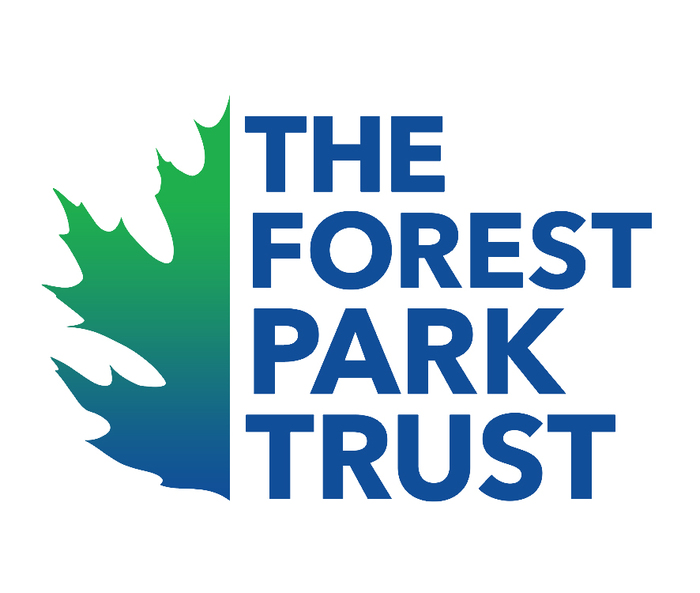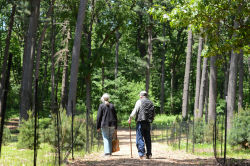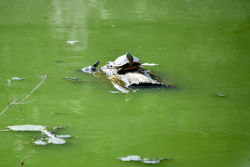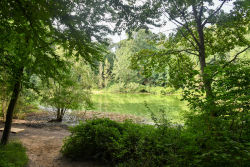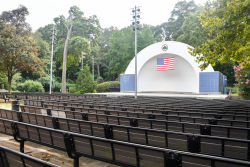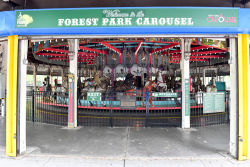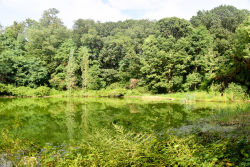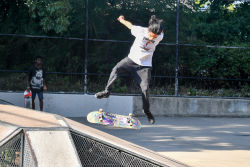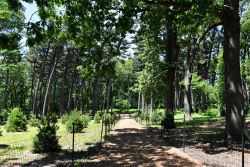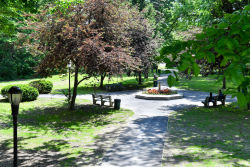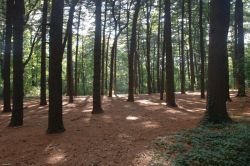Forest Park
The Overlook
In 1898 the five boroughs were consolidated to form the City of New York; at that time what was then the Brooklyn Parks Department managed the parklands in what is now all of Queens and Brooklyn. It was not until 1911 that an independent Queens Parks Department was established for the borough, and a new building was designed to house the administration. The result was the Overlook, so named for its sweeping view of Forest Park. The firm of Birchman & Fox designed the Spanish Mission-style structure. The design was approved on August 30, 1911, and construction was completed on December 17, 1912. Soon after the first Queens Parks Commissioner, Walter G. Eliot, moved his office from the Arsenal in Central Park to the Overlook, the one-room building proved to be too small, and Parks added six rooms in 1915, designed by Erdmann and Hahn. Today, the Overlook has eight rooms on the ground level and six rooms on the basement level.
Iconoclastic author Henry Miller (1891-1980) - famous for Tropic of Cancer (1934) - was employed by the Queens Parks Department and worked in the Overlook. While employed there he was also a member of the Brooklyn Forest Park Golf Club. Miller got the job through a friend, Jimmy Pasta, in an attempt to make enough money to support his wife, June. He began working as a grave digger, eventually moving up to an office assistant. But June left him for Paris, and on May 21, 1927, he spent a tormented night in the Overlook, typing 32 pages that would serve as the outline for much of his literary work. He eventually went to Paris and continued to support June.
Forest Park is a natural treasure in New York City. The Wisconsin Glacier, which molded the land 20,000 years ago, created a series of small hills, known as “knob and kettle” terrain, within Forest Park. The Brooklyn Parks Department purchased the first parcel on August 9, 1895, with parcel acquisition continuing until 1898. The parkland, originally known as Brooklyn Forest Park, was acquired by the City of New York with the consolidation of greater New York in 1898. Forest Park today offers a wide array of recreational facilities, such as the George Seuffert, Sr., Bandshell, the Carousel, the Bridal Path, tennis courts, playgrounds, and Victory Field.
Check out your park's Vital Signs
Clean & Safe
Green & Resilient
Empowered & Engaged Users
Share your feedback or learn more about how this park is part of a
Vital Park System

Know Before You Go

Links
Contacts
Forest Park Administrator: (718) 235-0815
Forest Park Golf Course: (718) 296-0999

